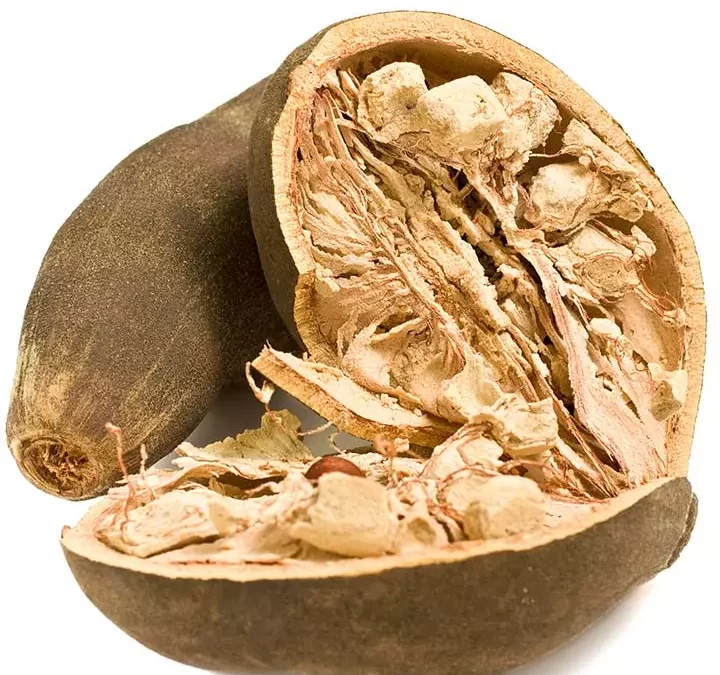A closer look at its health benefits will tell you why this fruit is worth the hype!
The baobab tree is the longest living tree with many therapeutic uses. Almost all parts of this tree, including the fruits and leaves, are edible. The benefits of baobab are many and can be attributed to its dietary fiber, polyphenolic compounds, and a wide range of vitamins and minerals. Baobab fruit can help prevent liver damage, aid in weight loss, regulate blood glucose levels, and improve skin health.
This article explores the health benefits of baobab, how to use it, and its possible side effects. Keep reading.
In This Article
What Is Baobab? Where Can You Find It?
The monkey-beard tree or the upside down-tree, a.k.a baobab (Adansonia digitata) is a characteristic of sub-Saharan Africa. It is widely distributed in Africa and north-western parts of Australia. The baobab tree (all species of Adansonia) bears large, oval-shaped fruits with woody outer shells.

